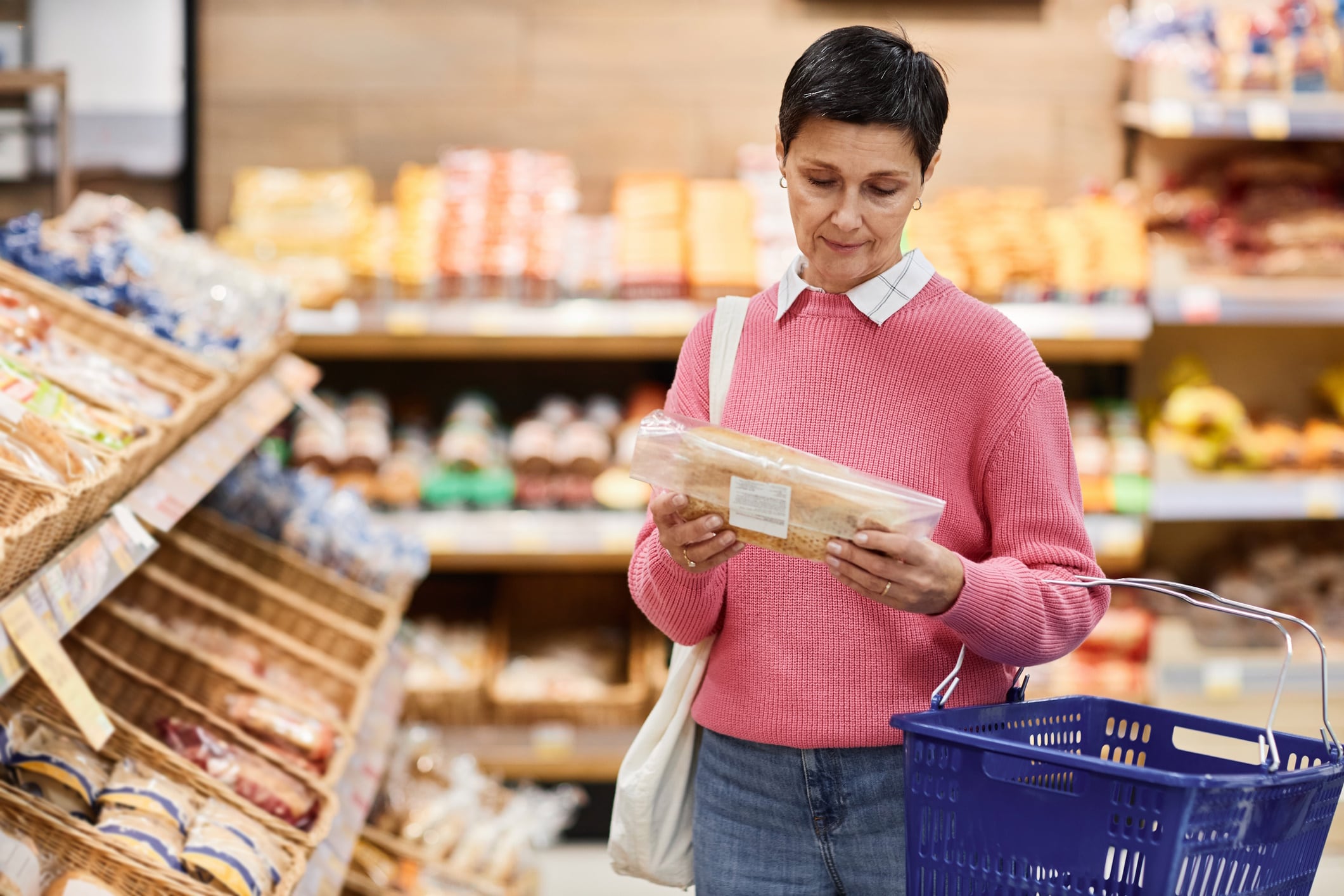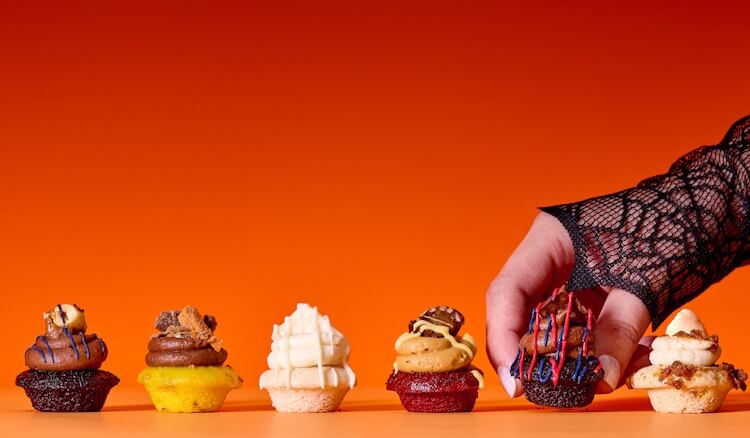Almost half of US consumers are consuming three or more snacks a day – an increase from 2024 – with many embracing better-for-you products or ‘permissible indulgence,’ according to insiders who spoke at the 2025 State of the Industry: Snack and Bakery Webinar.
This uptick could help offset the impact of policy shifts that restrict access to snacks and baked goods or hinder labor in the segments, added the speakers representing Circana, Bakery Equipment Manufacturers and Allieds, SNAC International and the American Bakers Association.
Sally Lyons Wyatt, global executive vice president and chief advisor of consumer goods at Circana, described the current consumer trends in snack and bakery as wearing “a healthier halo.”
Consumers are on the hunt for balance and functional benefits, such as high fiber, low-calorie, keto-friendly, organic, gluten-free and natural ingredients. Instead of a fried chip, a consumer may reach for a baked one, she explained.
Growth in dollar units and volume of other better-for-you snacks also is notable, including yogurt, dried meat snacks, nutritional bars, handheld dinners and entrees, appetizers and snack rolls.
Better-for-you bread balances nutrition and indulgence
Within the bread, buns and rolls categories, low-carb items, whole grains and seeds and whole wheat half packs are taking off. Smaller sizes are gaining traction, with Wonder just introducing a mini loaf, as are crustless breads.
Croissants, which are performing well across perimeter and center store, received special mention in the State of the Industry webinar. Social media was credited for the boost. One viral social media trend is flat croissant recipes, bolstered by Korean cuisine. Influencers and bloggers put croissants in waffle makers and then add toppings after removal for a cookie-like effect.
Thomas’ Baked Goods introduced a croissant bread to the Northeast market last year.
Across generations, the top bread flavor is white, but jalapeño and sourdough are fast-growing. For younger shoppers, breads with a global influence, such as wraps and flat breads, are more popular than for older shoppers.
Krispy Kreme just launched a Passport to Italy collection with tiramisu, cannoli and lemon delight flavors. While dessert breads are experiencing a downtown, when consumers are buying sweet baked goods, they reach for the go-tos of chocolate and vanilla. Growing flavors are dulce de leche and double chocolate. The social media push for pumpkin flavors means that the seasonal favorite is back, too; even Wonder Bread is partaking of the trend with a pumpkin spice toast video posted Sept. 14th.
SNAP and ultra processed food restrictions could damage industry performance
SNAP cuts in the One Big Beautiful Bill signed in July could negatively impact snack and bakery sales.
Presenters advised the industry to pay attention to SNAP households and consider their needs.
For example, one presenter noted 21% of salty snacks are purchased by SNAP households; 11% of those sales occur using EBT payment (versus the consumer’s own money.) Likewise, new exclusions in SNAP coverage of ‘unhealthy’ food in some states could hurt sales of desserts and candy. .
Legislation seeking to limit ultra processed foods available in K-12 school lunches also could hurt bakery and snack foodservice sales, according to the presenters.
Bright spots in baking
A silver lining for the bakery industry among a deluge of negative policy shifts is a victory for commercial baking that came in July with a tax reconciliation bill signed into law that will deliver an estimated $3 billion in tax relief for commercial baking manufacturers, supporting 12,500 American jobs and generating more than $679 million in annual wages, according to presenters.
By 2030, the commercial baking industry could have 53,000 unfilled jobs, according to data presented at the webinar.
One path toward a solution is a new collaboration with the Center for Advanced Professional Studies programs for high school students.



